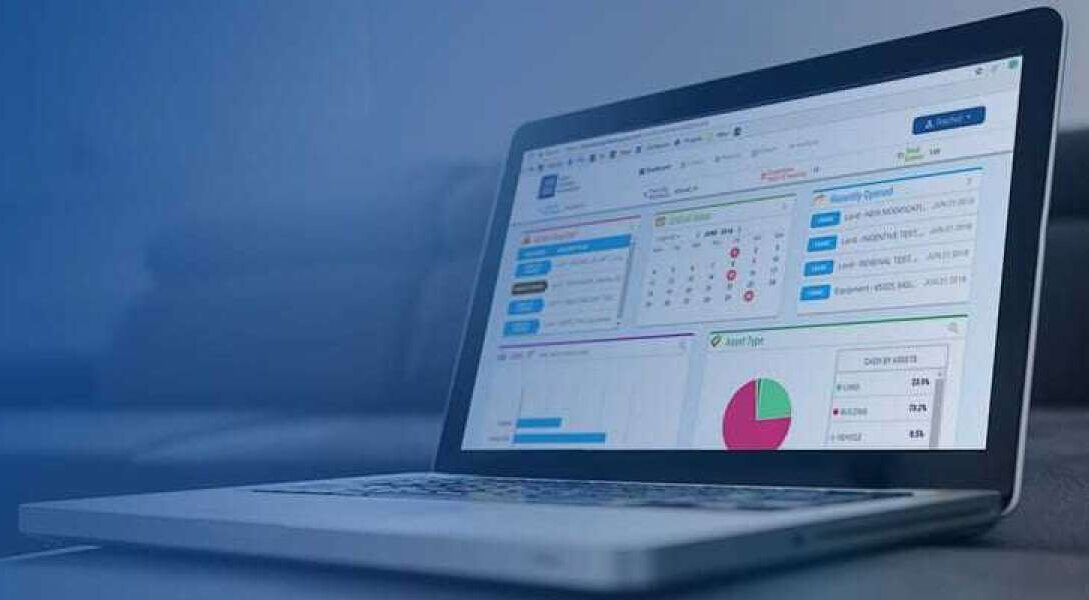A Patient-First Approach to Revenue Cycle Management
In today’s healthcare landscape, putting patients at the forefront of every decision isn’t just idealistic—it’s necessary. As the healthcare industry evolves, so does the concept of Revenue Cycle Management (RCM). The challenge? Balancing financial efficiency with a compassionate, patient-centered approach. But why should we care about putting patients first in RCM? Isn’t revenue cycle all about collecting payments? Well, yes and no. While financial health remains critical, focusing on the patient journey within RCM can revolutionize the experience for both providers and patients. Let’s dive into how a patient-first approach to Revenue Cycle Management can enhance not only finances but trust and satisfaction too.
Understanding Revenue Cycle Management (RCM)
What is Revenue Cycle Management?
Simply put, Revenue Cycle Management (RCM) refers to the financial processes that healthcare providers use to manage administrative tasks such as billing, coding, and claims processing. RCM is the backbone of healthcare finance, ensuring that hospitals, clinics, and practices get reimbursed for services delivered. Imagine RCM as the essential “operating system” of healthcare’s financial side—if it’s not optimized, everything else struggles.
Do you want to visit Haridwar? travel agents in Haridwar is the right place to plan your tour. You can book your tour from here.
The Importance of RCM in Healthcare
Without efficient RCM, healthcare providers face significant financial risks. When payments are delayed, denied, or lost in administrative errors, providers may struggle with cash flow. In turn, this impacts staff retention, equipment maintenance, and overall patient care. In short, poor RCM can put the very foundation of a healthcare facility at risk.
Traditional RCM vs. Patient-Centered RCM
Historically, RCM has been about numbers and administrative accuracy, but times are changing. Traditional RCM methods often overlook the patient experience, leaving patients feeling frustrated, confused, or even alienated. Patient-centered RCM shifts this by integrating transparency, empathy, and technology to make the financial side of healthcare easier for patients to navigate.
Shifting to a Patient-First RCM Approach
Why Prioritize Patients in RCM?
A patient’s interaction with RCM often begins after the medical care itself. Imagine receiving unclear billing statements or struggling with insurance denials—it’s an added layer of stress. A patient-first approach aims to remove these obstacles, offering transparency and guidance so that financial matters don’t become a burden after clinical care.
Do you want to visit char dham? char dham tour operator is the right place to plan you Char Dham tour. You can book you tour from here.
Key Benefits of a Patient-First RCM Model
Putting patients first in RCM doesn’t just help them; it benefits healthcare providers as well. When patients understand their billing statements, they’re more likely to pay on time, reducing financial strain on providers. Additionally, a positive RCM experience can lead to increased patient retention and word-of-mouth referrals.
Overcoming Challenges in Adopting a Patient-Centric Approach
Switching to a patient-centered model isn’t always easy. It requires investment in technology, staff training, and sometimes a complete cultural shift within the organization. However, with strategic planning, these challenges can become opportunities for growth and improvement.
Core Strategies for Implementing Patient-First Revenue Cycle Management
Enhancing Transparency in Billing Processes
When patients understand what they’re being charged for, it builds trust and confidence in the provider. Transparency reduces confusion, enhances patient satisfaction, and encourages timely payments.
Clear Communication and Simplified Billing Statements
Transparency starts with simple, straightforward billing statements. Many providers are turning to plain language billing that explains charges in a way anyone can understand. Communication should be a two-way street, allowing patients to ask questions and get answers without hassle.
Leveraging Technology for a Better Patient Experience
Technology can make RCM easier, faster, and more patient-friendly. From automated billing systems to digital patient portals, tech can streamline the entire revenue cycle, offering patients real-time access to their billing information.
Automation and Digital Tools for Efficiency
Automating parts of RCM allows for faster claims processing, more accurate billing, and reduced human error. Additionally, digital payment options give patients the convenience of paying bills online, further enhancing the patient experience.
Do you want to visit Indiar? tour operator in India is the right place to plan your tour. You can book your tour from here.
Training Staff for Empathy and Efficiency
Empathy in healthcare extends beyond clinical interactions. RCM staff should be trained to handle patient inquiries with patience and understanding, offering a human touch that reassures patients during stressful financial conversations.
Building Patient-Centered Skills
Investing in skills training for RCM staff can yield tremendous benefits. A friendly, knowledgeable RCM team helps patients feel valued, which can improve overall satisfaction and loyalty.
The Financial Impact of Patient-Centered Revenue Cycle Management
Reducing Denials and Expedited Claims
One of the major benefits of patient-first RCM is the reduction in claim denials. When patients and providers are aligned, documentation improves, and errors decrease. Clear communication with patients also minimizes disputes and expedites claims processing.
Boosting Patient Satisfaction and Retention
A seamless RCM experience means patients feel supported throughout their healthcare journey—not just during medical treatment. This satisfaction boosts patient retention, leading to a stronger, more loyal patient base for healthcare providers.
Strengthening Financial Outcomes
It’s simple: satisfied patients are more likely to pay bills on time, reducing accounts receivable. This approach strengthens cash flow, making it easier for providers to maintain and expand their services.
Case Study: Successful Patient-First RCM in Action
Real-World Example of Patient-First Revenue Cycle Success
Consider a mid-sized healthcare facility that transitioned to a patient-centered RCM model. By adopting digital billing, improving transparency, and training staff for compassionate communication, they saw a significant reduction in unpaid invoices and an increase in patient satisfaction scores.
Key Takeaways for Healthcare Organizations
The lesson here? Patient-first RCM isn’t just about reducing administrative costs; it’s about investing in a positive patient experience that strengthens trust and long-term loyalty.
The Future of Revenue Cycle Management: Embracing the Patient-First Model
Emerging Trends in Patient-Centric RCM
The future of RCM is bright and patient-focused. From advanced AI systems that predict patient billing needs to mobile payment solutions, technology will continue to play a huge role in improving patient-centered RCM.
Predictions and Potential Innovations
Expect further personalization in RCM processes, with AI-driven insights enabling tailored billing solutions for each patient. Transparency and empathy will likely become industry standards, paving the way for an RCM approach that prioritizes the patient experience.
Conclusion: Building Trust Through Patient-Centered RCM
In healthcare, trust is everything. A patient-first approach to Revenue Cycle Management doesn’t just optimize financial processes; it builds a foundation of trust and transparency. By making RCM understandable, accessible, and compassionate, healthcare providers can foster relationships that benefit both patients and the practice. In the end, a well-managed RCM strategy can be the bridge that connects financial health with patient care excellence.
FAQs
1. What is the role of transparency in Revenue Cycle Management?
Transparency helps patients understand their financial responsibilities, reduces confusion, and builds trust in the billing process.
2. How can digital tools improve patient-centered RCM?
Digital tools streamline billing, provide real-time updates, and make payments easier, enhancing the overall patient experience.
3. What are the financial benefits of patient-first Revenue Cycle Management?
This approach can lead to fewer claim denials, faster payments, and better cash flow due to improved patient satisfaction and reduced disputes.



